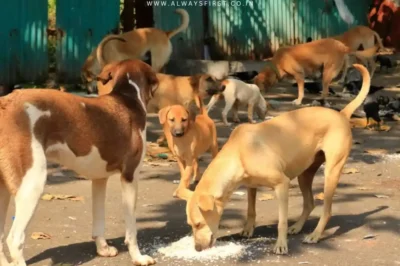Key Takeaways:
- SC orders removal and sheltering of all stray dogs from Delhi-NCR within eight weeks.
- Animal rights groups warn relocation could harm rabies control efforts.
- Authorities to set up shelters, helplines, and face penalties for non-compliance.
In a sweeping decision aimed at addressing public safety, the Supreme Court has ordered the complete removal of stray dogs from the streets of Delhi-NCR within eight weeks. The directive follows a sharp rise in dog bite cases, particularly involving children, and growing concerns about rabies risks.
Under the court’s plan, thousands of strays from high-risk areas will be captured and housed in dedicated shelters equipped with veterinary facilities, surveillance, and trained caretakers. Authorities have been instructed to set up a public helpline for reporting dog bites within a week and warned that any obstruction of the process could lead to legal consequences.
The order has sparked intense debate. Animal welfare organisations argue that mass relocation is not only inhumane but could also undermine years of rabies control through sterilisation and vaccination programmes. They advocate for expanding these existing measures rather than removing dogs entirely from their territories.
Critics also point out that the sheer scale of the stray population poses logistical challenges. Delhi is believed to have close to a million stray dogs, while nationwide shelter capacity is severely limited. Implementing the court’s directive, they warn, may overwhelm resources and disrupt urban ecosystems.
Despite the pushback, the Supreme Court stressed that protecting human life must take priority, particularly for vulnerable groups like infants and young children. The bench urged authorities to “act with urgency” and “set aside procedural hurdles” to ensure the streets are cleared on time.
With the clock ticking, the capital now faces the monumental task of balancing public safety with ethical animal care — a challenge that could reshape the way Indian cities manage their stray dog populations in the years ahead.









































Leave a Reply